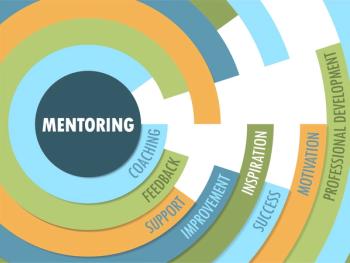
US Physicians and Burnout: Optimistic Psychiatrists Take Heart?
If you are a psychiatrist who tends to look on the bright side, you may find the results of a new physician survey to be relatively good. Psychiatrists report the lowest level of professional burnout and the lowest level of burnout severity across various specialties. But just how good is relatively good?
If you want more numbers to confirm that many of your physician peers are experiencing symptoms of professional burnout, you can find new data in a recently posted
That survey shows that roughly 1 in 4 doctors across various specialties are dealing with at least 1 symptom of burnout-a loss of enthusiasm for work, a sense of cynicism, and/or feelings of inadequate personal accomplishment (
If you are a psychiatrist who tends to look on the bright side, the news from this new survey is relatively good. Psychiatrists report the lowest level of professional burnout (33% of those surveyed) and the lowest level of burnout severity (about 3.5 on scale of 1 to 7, with 7 being the most severe).
But how is a 33% burnout rate relatively good news? The survey shows that doctors in primary care and emergency and critical care are faring far worse than psychiatrists. Burnout levels are running as high as 55% among emergency doctors and as “low” as 42% among internists. OB/GYNs report the highest level of burnout severity (about 4.3 on the severity scale). Other groups suffering from severe burnout are pathologists, critical care and primary care doctors, and general surgeons-the average is about 3.8.
The top causes of burnout? In descending order, just a few of the chief causes:
. Too much bureaucracy
. Too many working hours
. The present and future impact of the Affordable Care Act
. Income not high enough
. Inability to provide quality patient care
. Increasing computerization of practice
. Compassion fatigue
Other survey highlights:
. More female than male physicians report burnout (45% vs 37%, respectively).
. Those in their midlife years (46-55) report higher rates of burnout.
. Burnout appears to take a toll on physicians’ health.
. Nearly a third of burned out doctors believe they have minimal savings for their age and professional stage versus 21% of their non-burned out peers.
One more survey tidbit:
. When it comes to vacations, Americans lag far behind. We get an average of 13 paid vacation days a year. This compares with 42 days for Italians, 37 for Germans, 28 for Britons, 26 for Canadians, and 25 for Japanese. Nearly 40% of burned-out physicians take 2 weeks or less of vacation.
The Medscape survey comes on the heels of a 2012 national survey of burnout and satisfaction with work-life balance among American doctors. In their survey of 27,267 physicians,
How to reduce stress and avoid burnout? Perhaps the strategies and tips offered in these articles may be helpful.
Reference1. Shanafelt TD, Boone S, Tan L, et al. Burnout and satisfaction with work-life balance among US physicians relative to the general US population.
Newsletter
Receive trusted psychiatric news, expert analysis, and clinical insights — subscribe today to support your practice and your patients.




